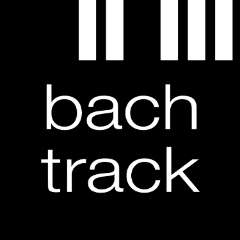A current fashion in opera productions is to use a stage that's mostly dark, with spotlights giving brilliant splashes of light for those characters or features to which the director wishes to draw your attention. I would guess that over half the operas I go to are produced in this style, including the two I've been to in the last two nights (Lucrezia Borgia at the ENO, and Die Zauberflöte at Covent Garden.)Clearly, if you have a dramatic and dark plot, it's an effective visual device for building a sense of tension. But it occurs to me that how well it works depends strongly on where you're sitting. The press tickets I get at Covent Garden tend to be up in the balcony, where you're quite a long way from the stage.
The problem is this: a production of this sort probably looks great if you're sitting in the stalls. From long distance, however, the overall effect is fairly dingy. It's a bit like looking at a photo you've taken of a full moon: the original may have been quite lovely, but your photo is mostly black, with only a small portion of brightness. I especially realised this because Alison bought me a pair of opera glasses for Christmas (a no-brainer present, really, given the amount of opera I've been going to). They're the kind which seriously amplify the light in the area you're focused on (at the expense of depth-of-field and viewing angle: if you've had the delight of wading through the geometrical optics course in A level physics, you'll know why). When looking at the singers through the opera glasses, I was seeing brightly lit, exciting costumes. Without them, I was seeing a stage that was principally dark and dull, with a few highlights here and there.
So here's a challenge to directors and lighting designers: if you create a production in a "dark stage with splash of colour" style, spend at least one evening watching it from the cheap seats up at the top. I'm not suggesting that you should forgo this style altogether - after all, art is art and the people paying the most money are in the stalls. But I think you should know.
February 2nd, 2011 Picture credits:DIE ZAUBERFLÖTE– 1024_0148- from left to right: ELISABETH MEISTER AS FIRST LADY, JESSICA PRATT AS QUEEN OF THE NIGHT, KAI RÜÜTEL AS SECOND LADY &, at the back, GAYNOR KEEBLE AS THIRD LADY -(C) THE ROYAL OPERA / MIKE HOBAN- FEBRUARY 2011 Lucrezia Borgia © 2011 Stephen Cummisky, English National Opera


